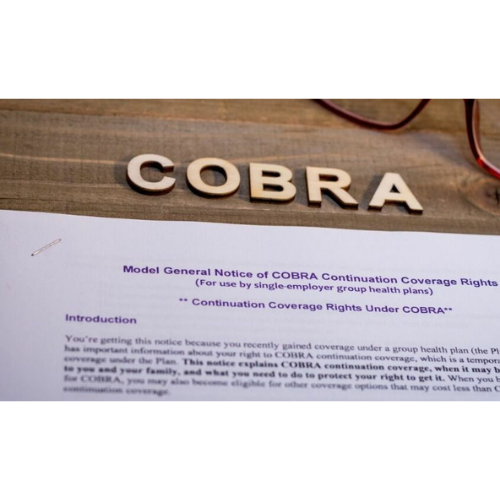

If you, as an employer, decide to administer COBRA on your own (and, frankly, we don't recommend it ), there are various notices you must provide and timeframes in which you must send them. Here, in a nutshell, is a list of what notices need to be sent when, what they are, and acceptable delivery methods, per the U.S. Department of Labor.
As a general rule, an employer may mail a single COBRA notice to employees and family members who reside at the same address. But providing the notice to the employee at work (hand delivery) does not satisfy the obligation to provide the notice to family members. If employers use electronic delivery, they must follow Department of Labor rules for getting consent prior to using electronic delivery for non-employees, such as spouses. In other words, it is not enough to electronically provide a COBRA notice to employees and ask them to share it with family members.
Description: Plan administrator sends information to help participants understand their rights and responsibilities under COBRA.
Timing: Within 90 days after group health plan coverage begins.
Delivery method: First-class mail or electronic delivery to employee and spouse, or hand-delivered if employee only.
Description: Plan administrator notifies dependents of COBRA rights and election information after a qualifying event occurs, such as termination.
Timing: No later than 14 days after plan administrator is notified by an employee.
Delivery method: All potential dependents. First-class mail or electronic delivery to employee and spouse, or hand-delivered if employee only.
According to our partners at Mineral, the following are qualifying events if they result in loss of coverage:
Description: In the event of these qualifying events: termination, reduction in employment hours, death, Medicare enrollment, employer bankruptcy.
Timing: Within 30 days after a qualifying event or the loss of health coverage due to that event, whichever is later.
Delivery method: At discretion of employer and plan administrator.
Description: In the event of these qualifying events: divorce or separation, loss of dependent status, SSA disability.
Timing: Within 60 days after a qualifying event, the date a participant would lose coverage, or the date the participant was notified of the notice requirements and procedures, whichever is latest.
Delivery method: Plan administrator may require a specific form.
Description: Notice of COBRA ineligibility to participant.
Timing: Within 14 days of a qualifying event.
Delivery method: First-class mail or electronic delivery to employee and spouse, or hand-delivered if employee only.
Description: If COBRA coverage will end early.
Timing: ASAP after decision to terminate COBRA coverage.
Delivery method: First-class mail or electronic delivery to employee and spouse, or hand-delivered if employee only.
From time to time there is a blog post or story written that no one wants to take credit for. When this happens, Kuzneski Editors gets credit for the content! Rest assured, our business entity can not create or write content without human assistance. Know that one our of friendly staff is behind this post but they are too modest to take credit for it.